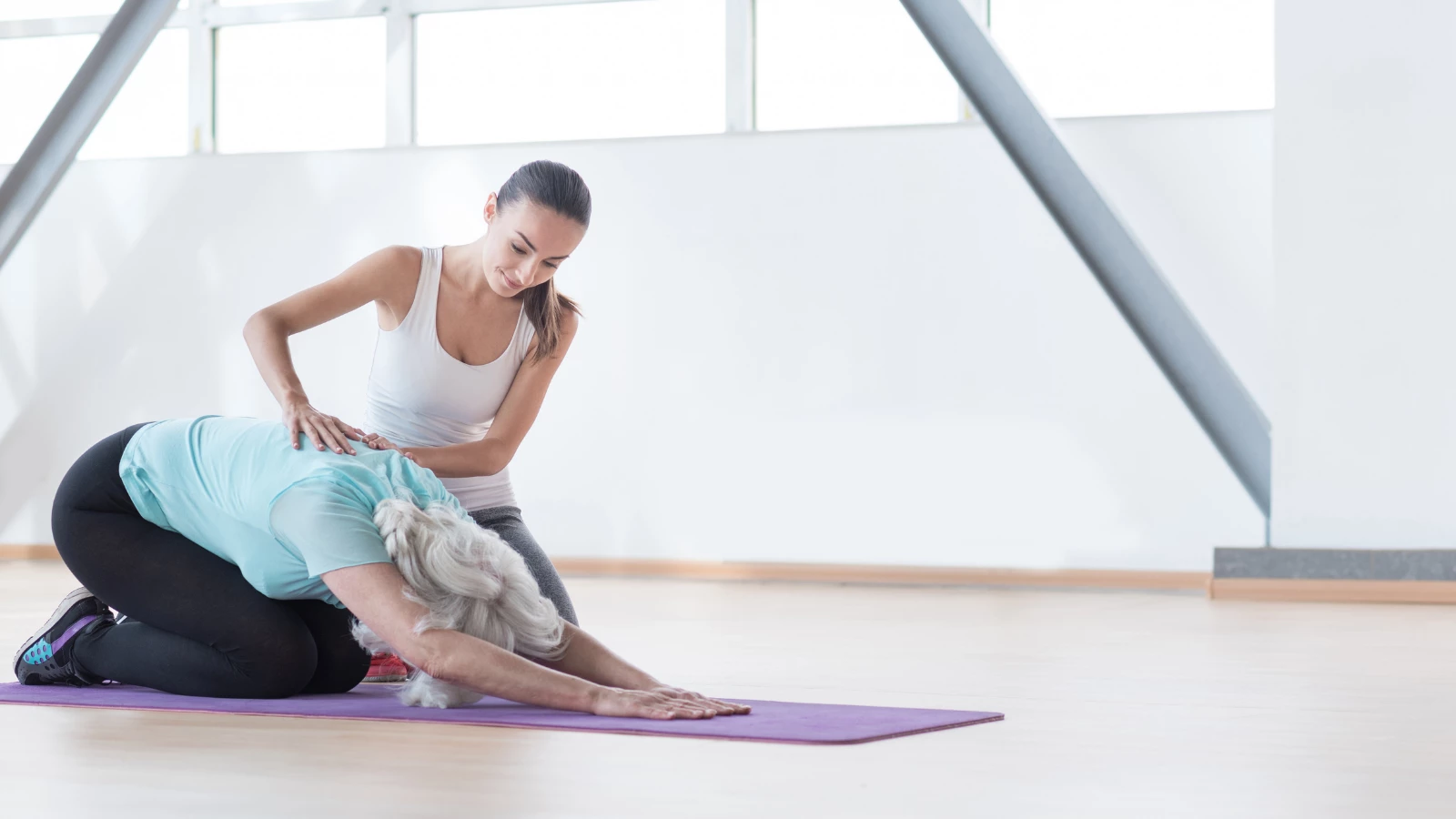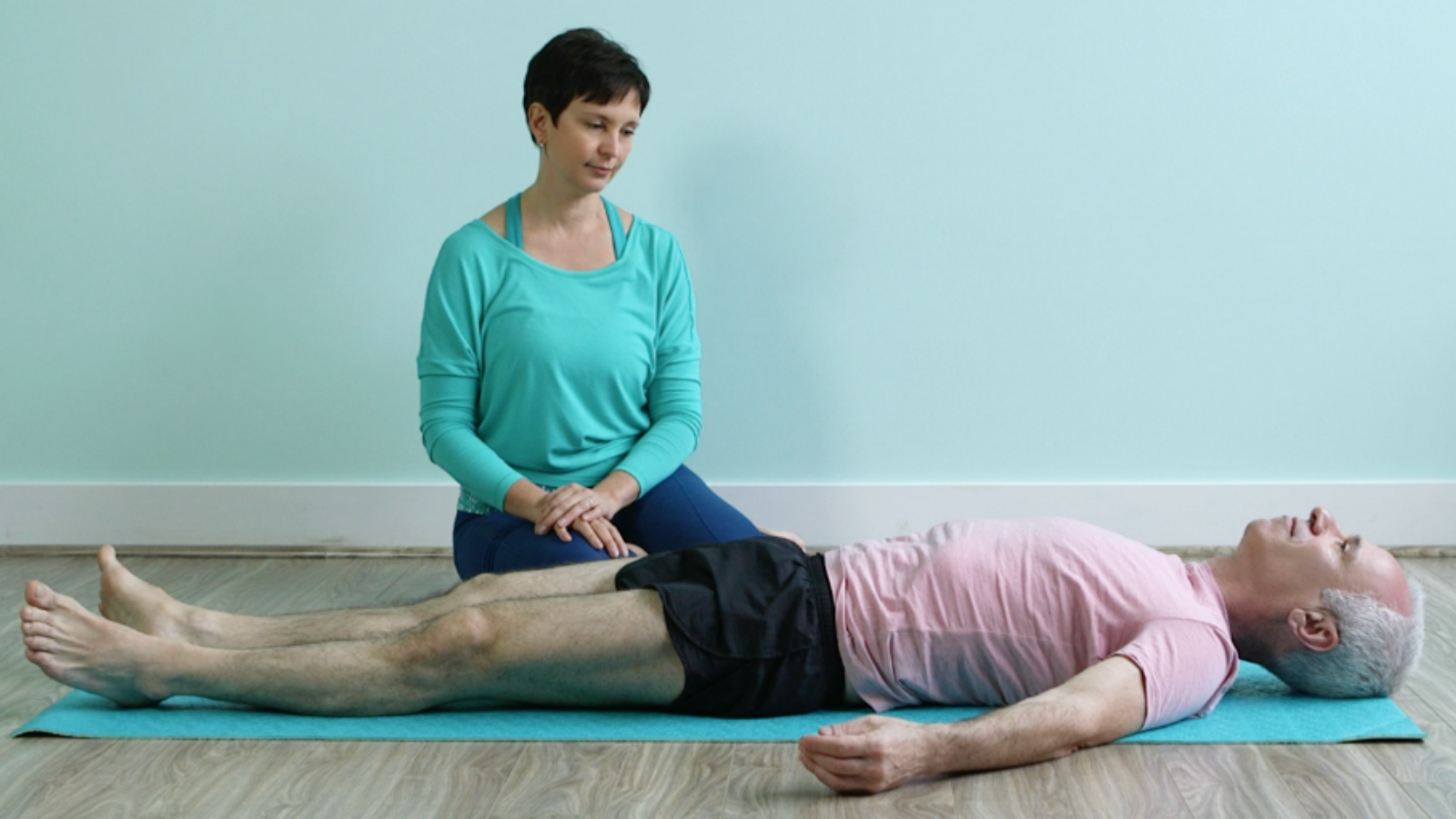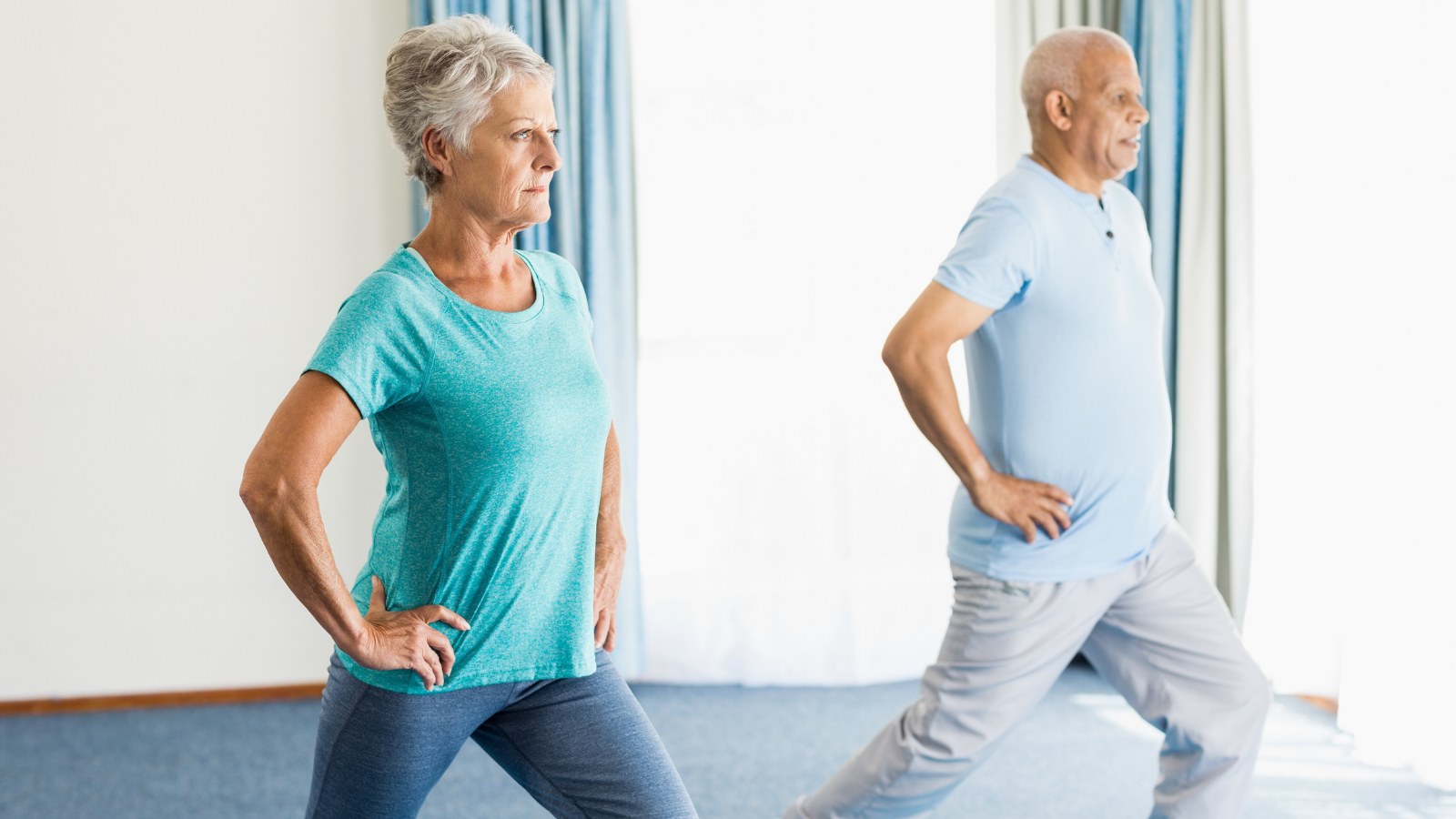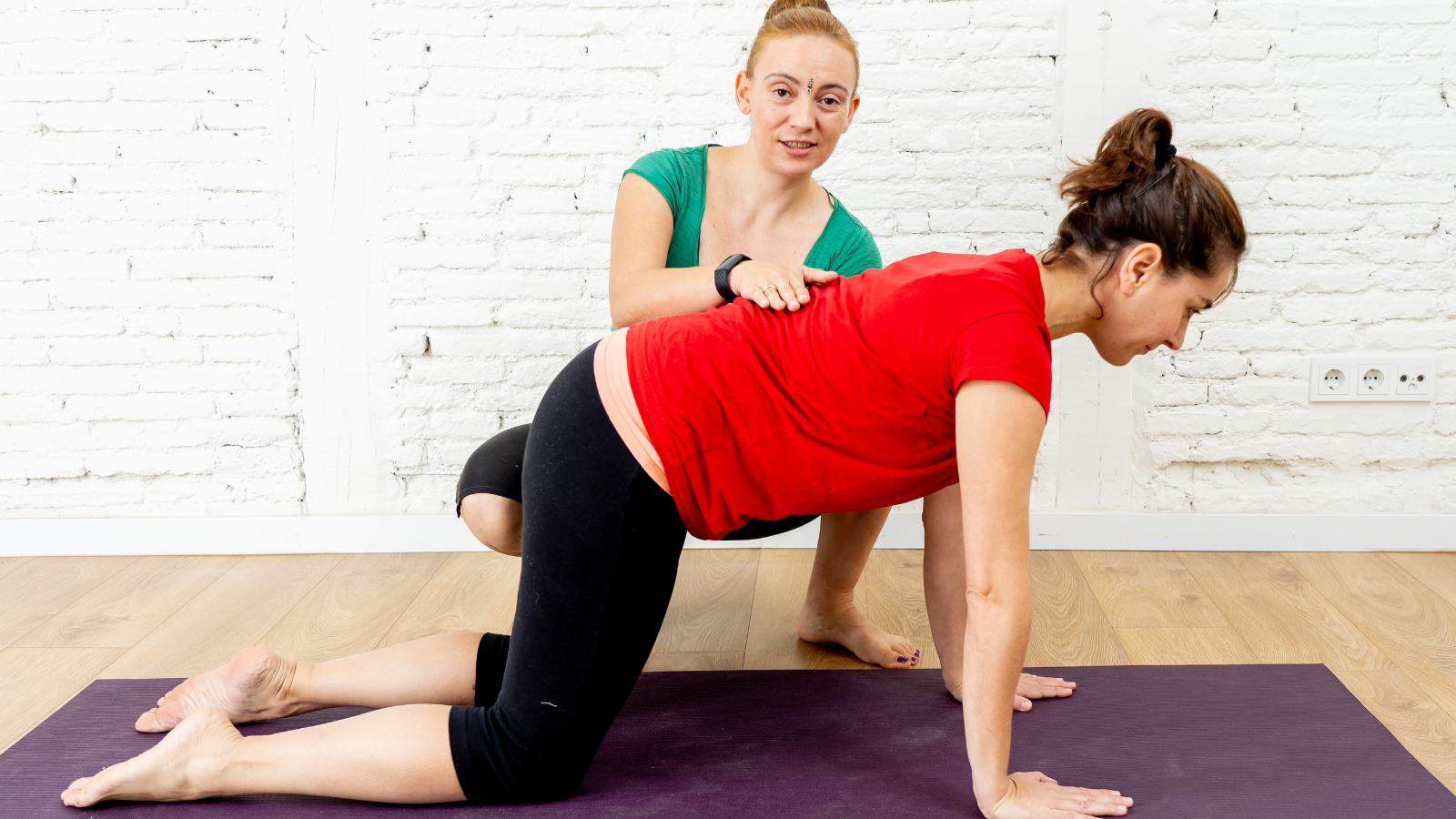Teaching Yoga: The Art of Body Reading

Our bodies reflect our personal stories and our journeys, both physical and psychological. They hold traces of our daily movement patterns, history of injuries (physical and emotional), and hints of internal imbalances. If we want to be helpful to our yoga students, we need to learn to read the messages that the body displays and to help our students make sense of their own body stories. This requires that we become skilled at body reading.
As yoga teachers and yoga therapists, we are continuously working on perfecting our observation skills to be able to understand our students on a deeper level. We conduct those observations in stillness and in motion because different layers of the systems are revealed in different positions and at different times. We observe our students as they sit, stand, and lay on the ground, as they move through yoga poses and hold them. Little by little, we collect pieces of information about the student’s body and their relationship with it.

Making Sense of the Details
Many yoga teachers that I trained and tutored often ran into the problem of collecting too much information. They observe and record every little detail they encounter and then drown in those details. This desire not to miss anything is completely understandable; we never know which detail ends up being the crucial one.
Is it important that the student’s right foot is turned out farther than the left? Does it matter that she has an exaggerated lumbar curve? Is it relevant that she cannot feel the engagement in her hip flexors in Warrior I Pose (Virabhadrasana I)? Details are important, yet the main question is whether or not they are relevant to the problem that the student is dealing with. How do we decide on what’s relevant? What if we miss something important?

How to Learn Body Reading in Yoga
Body reading can get really complicated, but it doesn’t have to be. Today, I am inviting you to reframe your thinking and look for external clues that might help you get a glimpse into the student’s overall body story. Those clues can be grouped into three categories: asymmetries, restrictions, and discrepancies.
-
Asymmetries
Reflect the differences between the right and left, front and back, and top and bottom. For example, if one of the student’s shoulders is higher than the other, we would record it as an asymmetry between the right and left shoulders. It can be an asymmetry in weight distribution (if the student’s body tends to lean forward in standing), or an asymmetry in muscular agonist/antagonist relationship (if the student’s quadriceps appear very tight, while the hamstrings are weak), and so on. Noting those asymmetries and bringing our students’ attention to them can give us valuable information on how they use their bodies and where they hold tension.
-
Restrictions
Reflect the areas that have a limited range of motion and seem to be guarded or appear stiff and contracted. For example, if the student cannot raise her arms comfortably over her head, it will indicate a restriction in her shoulders. If she can turn comfortably to her right but not to her left, this will indicate both a restriction and an asymmetry. Restrictions can show up in how students hold their bodies, how they move, how they breathe, and even in how they think if they appear to be stuck in a particular way of interpreting their symptoms. Noticing those restrictions helps us identify where they appear to be stuck, which serves as a jump-off point for our investigation of where those restrictions are coming from.
-
Discrepancies
Reflect the difference between how the student experiences their body and what the teacher observes in real time. Discrepancies include being unable to tell where the body part is in space, which knee is pointing where feeling like one side is heavier or denser than the other, and having gaps in sensations in specific body parts. Those types of discrepancies usually point out to the parts of the body where the student has either increased sensitivity or interrupted connection between the body part and the brain because of previous experiences. It is only possible to identify those discrepancies when the teacher encourages students to continuously pay attention to specific body parts and maintains an open dialog about their feelings and where. Identifying those discrepancies builds students’ interoception (awareness of inner sensations) and gives us insight into the parts that need our attention and care.
Practice Patience in Your Body Reading
Once we identify the asymmetries, restrictions, and discrepancies, it might be tempting to immediately attempt to even out them, loosen up the restrictions, and correct the discrepancies. A better approach would be to first let the body story unfold without trying to direct and control it.
Afterward, we can use movement, breath, and awareness to bring blood flow, energy, and attention to the asymmetrical, restricted, and disconnected parts. Only after witnessing the challenges those body parts experience, validating their struggles, giving them undivided attention, and listening to their stories can the healing process begin.

This process of attentive observation takes place in every yoga session and serves as a proverbial thread that leads us through the labyrinth of the student’s body story. It is essential to record those observations and student comments right after the session so that important details don’t get lost. Remember that developing the skill of body reading takes time and patience. Relax and keep an open mind.
Also, read...
4 Easy Ways to Use a Sandbag in Yoga Practice
Exercise and Longevity: Diversify Your Yoga Practice for Maximum Benefits
Glute Amnesia: Yoga for Your Forgotten Rear
Related courses
Breath as Medicine: Yogic Breathing for Vital Aging
Yoga and Myofascial Release: Releasing Chronic Tension with the Bodymind Ballwork Method

Educated as a school teacher, Olga Kabel has been teaching yoga for over 14 years. She completed multiple Yoga Teacher Training Programs but discovered the strongest connection to the Krishnamacharya/ T.K.V. Desikachar lineage. She had studied with Gary Kraftsow and American Viniyoga Institute (2004-2006) and received her Viniyoga Teacher diploma in July 2006, becoming an AVI-certified Yoga Therapist in April 2011. Olga is a founder and managing director of Sequence Wiz— a web-based yoga sequence builder that assists yoga teachers and yoga therapists in creating and organizing yoga practices. It also features simple, informational articles on how to sequence yoga practices for maximum effectiveness. Olga strongly believes in the healing power of this ancient discipline on every level: physical, psychological, and spiritual. She strives to make yoga practices accessible to students of any age, physical ability, and medical history, specializing in helping her students relieve muscle aches and pains, manage stress and anxiety, and develop mental focus.



